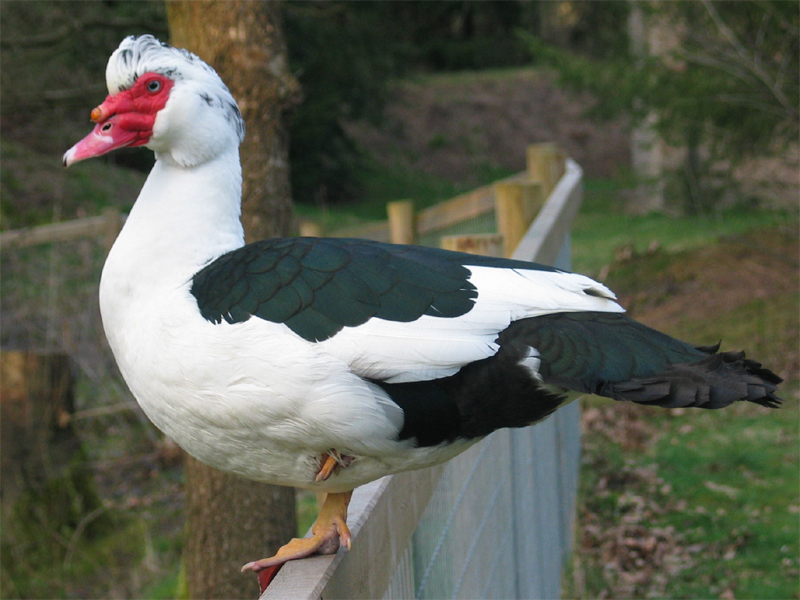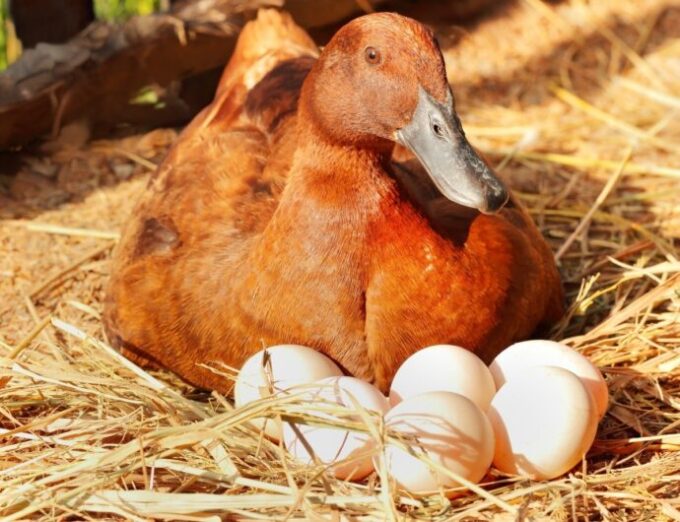
IF you want to be different from other poultry farmers, then you might as well try duck farming. It is a part of poultry farming and ducks are raised for both meat and egg production. In most parts of the world, duck is second only to chicken in terms of egg and meat production.
The biggest advantage for ducks is that they have long production years, large size eggs, and habit of foraging on aquatic plants — animals.
For small and medium farmers, duck is a very lucrative profession. Commercial duck farming is on the rise as the business has a good potential to make money from egg production. Is duck farming a profitable business?
Duck rearing is profitable and easy to manage because ducks are resistant to disease.
Shelter Ducks are not sophisticated when it comes to their housing. Basic facilities and equipment are needed to start duck farming, such as a partially closed shed, a cheap fence, a feed hopper or a wooden trough and just a watering can. The shelter should be located in a high, well-drained courtyard area.
Most farmers in Zimbabwe practice free-range systemwhereby ducklings are provided with ample space for escape and overnight shelter. Under this system, a herd of 2000 ducks per acre (0,0456 ha) can be reared. On a free-range system, ducks get most of their protein needs from fodder for small fish, crustaceans, and insects.
There are different types of ducks which are:
Native or pateros duck The type of local duck or Petros duck or Pateros duck is the most popular locally. Although smaller than imported breeds, they are well layered and non-sitters. Their eggs are large.
- Chamisa under fire over US$120K donation
- Mavhunga puts DeMbare into Chibuku quarterfinals
- Pension funds bet on Cabora Bassa oilfields
- Councils defy govt fire tender directive
Keep Reading
Khaki campbell ducks These ducks are good layers. They lay 300 or more eggs a year, large enough, with a thick shell and each weighing 70 to 75 gramsme.
Indian runner This breed originated in the East Indies, but its egg production potential developed in Western Europe and it is a domestic duck breed. This duck adopts a very straight normal posture with an almost straight neck. The back is long, straight, and narrow. An adult duck weighs about 2.10 kg. An adult duck weighs about 1.80 kg. The egg production characteristics of this breed are similar to those of khaki Campbell.
Muscovy duck These are the most common in Zimbabwe. This is the meet type of duck. It is easily identified by its carunculated face and above the base of the bill. Muscovy is a heavy breed. His body is thick and yellow skin. There are three types: white coloured, and blue. The Muscovy duck belongs to the genus Cairina.
This is a good multi-purpose breed and it tastes good meat. It is a medium egg producer. Young people are tough and easy. It is a good grazer and thus ideal for backyard operations. Male Muscovy can be very large (4,5 to 5,5 kg) and females small (2,3 to 2,8 kg). Market age is 12 weeks.
Pekin duck Pekin duck is a native of China, belonging to the type of duck meat. Sometimes it is considered a goose because it straightens its body. It is docile and adapts to the Philippine climate. Pekin ducks are good layers, and ducklings are ready to market at two or three months of age. Pekin ducks are ideal for commercial production because of their good egg-laying ability and hatching ability. It fits well with captivity and is a good egg producer. Pekin duck has good meat production and flavor. Market age is seven weeks.
Mule duck The mule is the result of a cross between a masculine male and a pecan female. It grows faster than muscovy and gives a good yield of lean meat with a juicy flavor. However, this breed is sterile. Market age is eight weeks.
Ducks can be successfully kept in open ponds, provided there is a nearby dry shelter. Pond ducks can get their share of food from the plants and animal life in and around the pond, but additional food may be needed.
In tropical areas, it is common to associate duck farming on ponds with fish farming. The ponds are home to fish such as tilapia, which are raised for human consumption.
Best feed for ducks

Ducks lay 100 to 300 eggs per year depending on the breed. Eggs are edible and can be used for your breakfast or cooked in any dish in which eggs are sought. Many people like the slightly stronger taste of duck eggs. Duck eggs are great for baking because they are high in fat and rich.
Ducklings grow very fast and niacin helps their bones to develop properly. Feeds should be arranged in wide tubs or containers that cannot be tipped. We use metal pans and stone pots, setting one at a time so that all the ducks can eat together. A big duck eats 4-6 ounces of feed daily so try to measure the right amount, but this amount varies depending on the time of year (they eat more in winter, eat less in summer when weeds and bugs are more easily available. At the end of the day, leftover food should be discarded if it gets wet.
Leafy vegetables are an important part of the duck’s diet. Start with my ducklings getting used to cutting weeds and grass, lettuce, and Swiss chard. Ducks won’t eat dried vegetables, so put a salad in their water tub. It stays nice and fresh and keeps them engaged in leafy foods. Ducks also enjoy fresh peas or corn kernels, cucumber slices, watermelon, and sliced tomatoes.

To help the ducks grind food in their gizzard, they should always be provided with grit (coarse sand or mud). If the ducks are fed by hand, simple trough feeders work well. Providing an apron in front of the feeding area to reduce the amount of feed that is dropped or billed to catch the feed will be reduced. — A2Z Central.










